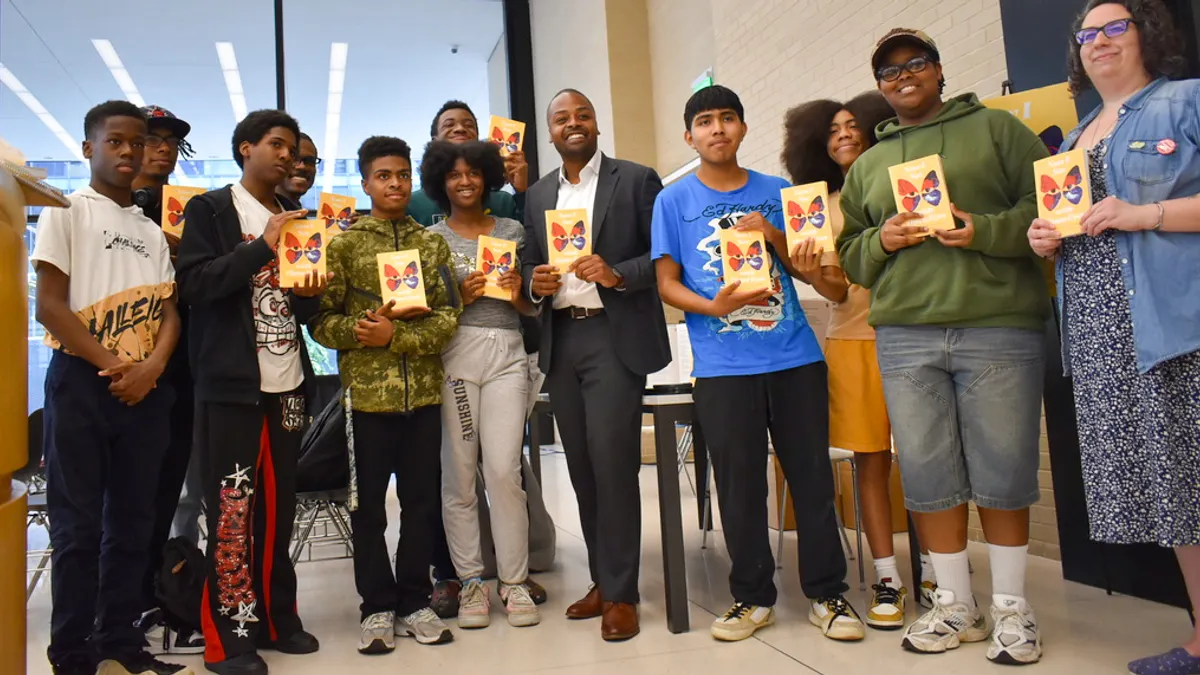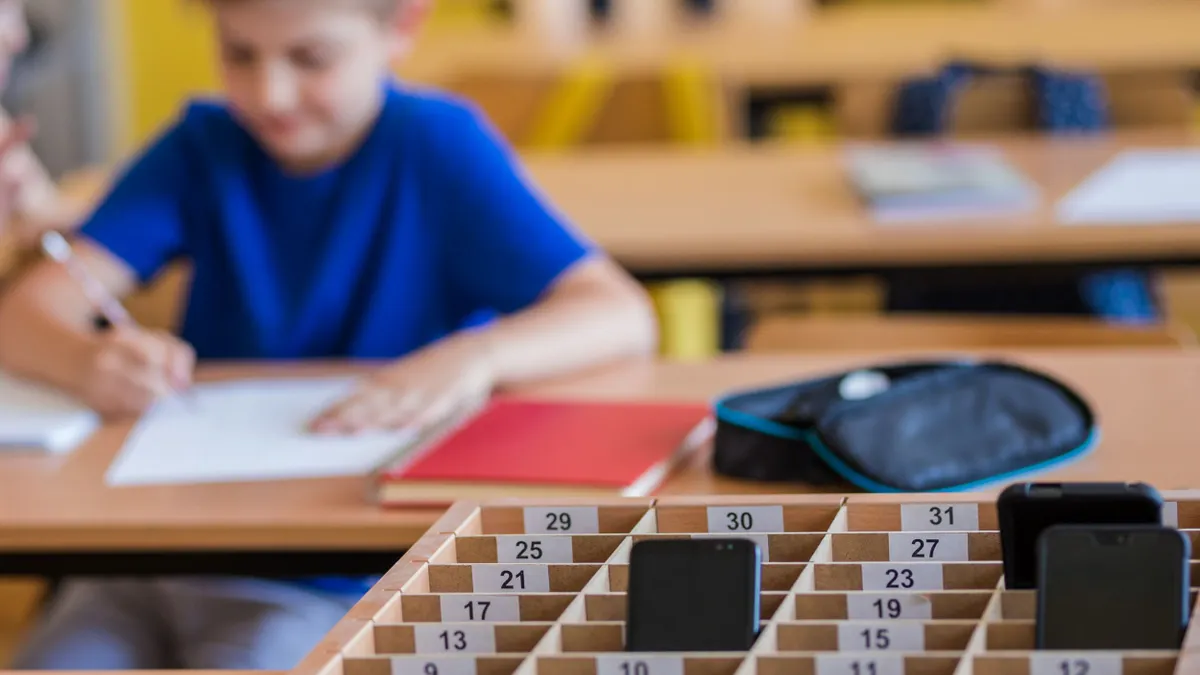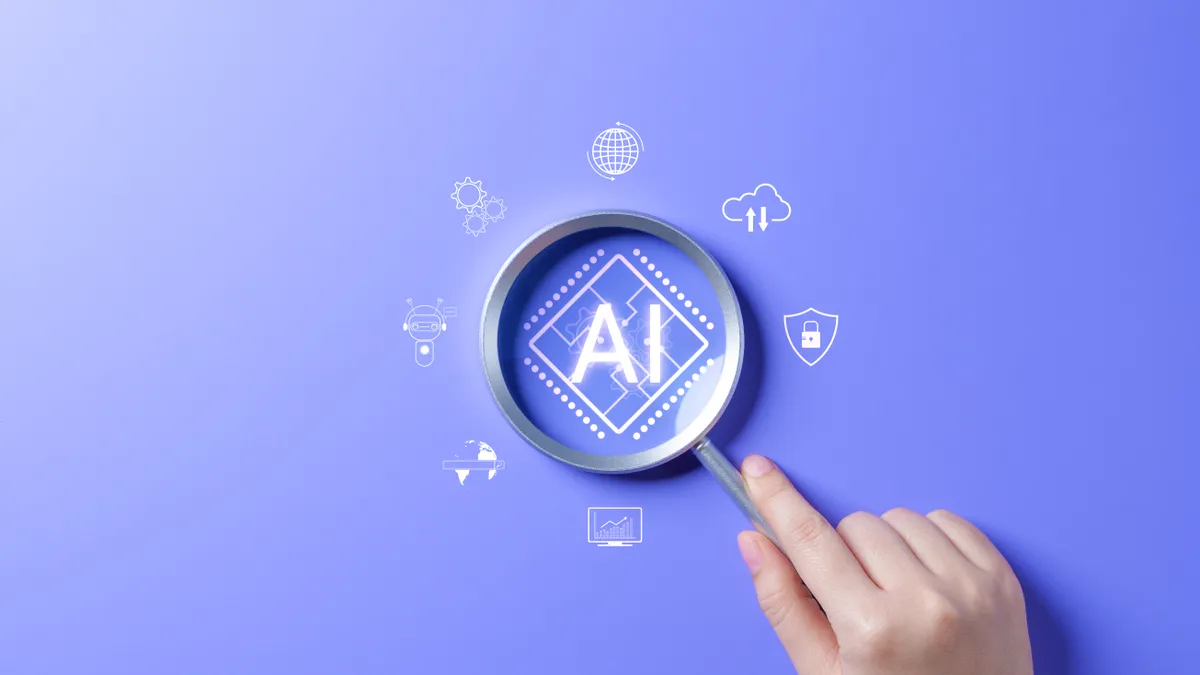Some colleges and universities are developing new ways to get underrepresented students involved in science, engineering, technology and mathematics (STEM) fields.
Projects currently unfolding at Morgan State and John Hopkins universities represent just a sample of initiatives unfolding around the country aimed at building a pipeline to funnel young students of color into STEM fields.
One such program is the Verizon Minority Male Makers (MMM), which partners with 11 institutions across the country to spark cultivate STEM talent in middle school boys. The program matches middle school students with eleven colleges and universities for intensive summer training.
"When a group of young minds are set loose with a 3D printer, cool things happen," Tony Lewis, the Vice President for State Government Affairs at Verizon, recently noted in an op-ed about the program.
MMM also extends beyond summertime, partnering with the National CARES Mentoring Movement to match students, year-round, with consistent mentors for the course of two years.
The program initially began at four Historically Black Colleges and Universities (HBCUs): Morgan State University, North Carolina A&T State University, Jackson State University and Kentucky State University.
Dr. Kemi Ladeji-Osias, Ph.D. is the Lead and Associate Professor of Electrical and Computer Engineering at Morgan State University, and is also involved with the Minority Male Maker Program at Morgan State University.
In the nine months since the program began, she told Education Dive, participants in the MMM program at Morgan have created over 450 three-dimensional objects and mobile apps in aggregate. Participants have received over 70 hours of instruction in 3D design, mobile application development and entrepreneurship.
“Their interest in science and technology has increased,” Dr. Ladeji-Osias said. “Program participants are excited about the opportunities to express their creativity and they return to our program in Morgan’s School of Engineering two Saturdays a month. Our challenge is how to make experiences like this available to every student who is interested.”
The focus on students of color is important, Ladeji-Osias said, because these setudents remain significantly underrepresented in STEM careers. Black men make up about 6% of the U.S. population, but are 3% of the STEM workforce.
“While youth start narrowing their career choices in middle school, STEM programs rarely target minority males,” she explained. “Roadblocks that continue to challenge minority males in their pursuit of success in STEM fields include disparity in access to high quality STEM educational resources, a lack of role models, and a shortage of highly trained, minority STEM educators.”
One recent study from the Center for American Progress examined the phenomenon known as the Pygmalion Effect, which explains how high school students whose teachers have higher expectations about their future success are more likely to graduate from college. It found that teachers generally have lower expectations for students of color and students from disadvantaged backgrounds. High-poverty students were 53% less likely to earn college diplomas than wealthier peers.
To Dr. Ladeji-Osias, it’s nothing short of critical for higher education to strike a balance between ensuring success of their enrolled students while attracting new students to their programs.
“Recent accountability and transparency measures instituted by State and Federal governments have ensured that institutions of higher education focus on measures of student success,” she said. “One measure that impacts student success is their academic preparation for their majors of choice. Thus, opportunities exist for strong collaborations with K-12 institutions.”
Elsewhere in Baltimore, others are working fervently to incite a passion for STEM in even younger students.
Alisha N. Sparks is the Elementary School STEM Program Manager at the Center for Educational Outreach at Johns Hopkins University’s Whiting School of Engineering. There, she helps lead the SABES program, which stands for STEM Achievement in Baltimore Elementary Schools.
SABES is a collaboration between Baltimore City Public Schools and Johns Hopkins University, funded by the National Science Foundation. It focuses on community engagement in three specific neighborhoods, in order to motivate Baltimore City elementary school students in grades three through five to improve academic performance and educational outcomes in STEM disciplines. So far, the program is at work in nine schools.
Schools also host afterschool programs, where students can collaborate on engineering projects with mentors from JHU and tech companies. Those in grades 3-5 were chosen in particular, because research showed those students who ultimately decide to take advanced science classes in high school and major in high-demand STEM fields in postsecondary education are generally “hooked” on STEM early on in their academic careers.
“Older research demonstrated the importance of the middle school years, yet new research around identity formation and STEM primarily targets the earlier grades,” said Ekaterina "Katya" Denisova, who works at the Baltimore City Public Schools' Office of Teaching and Learning and is SABES Principal Investigator (City Schools) and a member of the SABES leadership team. “We chose grades 3-5 to 'test' that hypothesis. Essentially, by the end of their elementary experience, students already make up their minds whether they like or do not like science.”
The program began to counteract a dearth of qualified science teachers in high-poverty schools, and one goal was for the curriculum to offer “hands-on, minds-on” classroom experiences, to make up for a lack of hands-on inquiry.
“At that level, the emphasis is on learning to like science and to have fun with it,” Denisova explained. “Elementary children are natural investigators, engineers and innovators. It was our hope that by leveraging these natural talents and ‘habits of the mind,’ we are strengthening the future STEM workforce.”
The SABES program also hosts fall and spring STEM Showcases, to give students an opportunity to exhibit their learning, and the initiative also has four training academies designed to strengthen STEM instruction for existing elementary school teachers.
“These courses provide content-focused professional development for teachers and have been accredited with the Maryland State Department of Education for Continuing Professional Development Credits,” said Carolyn Parker, Assistant Professor at Johns Hopkins University, School of Education and a SABES co-Principal Investigator, “and other districts have already reached out to learn more about this content-based professional development model.”
That kind of professional development, combined with community outreach and clear support in schools, may hold the key to a more equitable STEM landscape for both educational and, subsequently, increased professional opportunities for STEM educators.




















